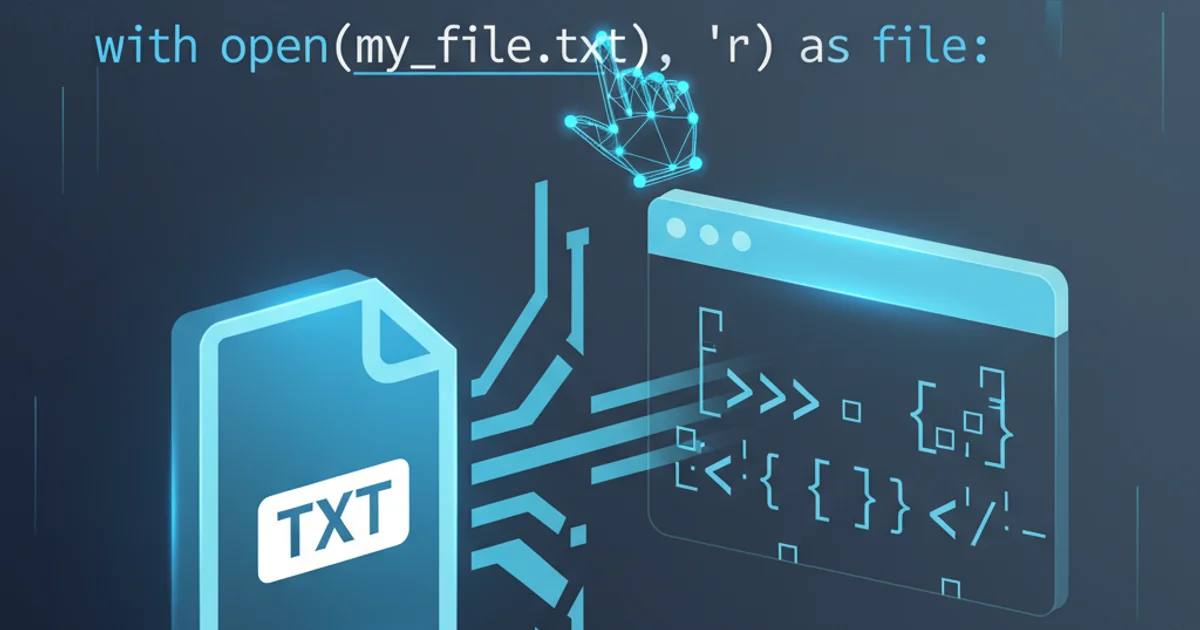Git error: failed to push some refs to remote
Categories:
Resolving 'Failed to Push Some Refs to Remote' in Git

Understand and fix the common Git error 'failed to push some refs to remote' by learning its causes and effective resolution strategies.
The error message "failed to push some refs to remote" is a common hurdle for Git users, especially when collaborating on projects. It indicates that Git was unable to update one or more branches on the remote repository with your local changes. This usually happens because the remote branch has diverged from your local branch, meaning new commits have been added to the remote that you don't have locally. This article will break down the common causes of this error and provide clear, actionable steps to resolve it, ensuring your changes are successfully integrated.
Understanding the 'Failed to Push' Error
When you execute git push, you're attempting to send your local commits to the remote repository. Git performs a check to ensure that your local branch is a direct descendant of the remote branch. If the remote branch has new commits that are not present in your local history, Git prevents the push to avoid overwriting changes. This mechanism is a safety feature designed to prevent accidental loss of work in a collaborative environment. The 'refs' in the error message refer to references, which are pointers to commits, such as branch names (e.g., refs/heads/main) or tags.
flowchart TD
A[Local Repository] --> B{git push origin main}
B --> C{Remote Repository Check}
C -- Remote has new commits --> D[Push Rejected: 'failed to push some refs']
C -- Remote is up-to-date --> E[Push Successful]
D --> F[Solution: git pull --rebase or git pull --merge]
F --> G[Local Repository Updated]
G --> BFlowchart illustrating the Git push process and failure points
Common Causes and Solutions
The primary reason for this error is that your local branch is 'behind' its remote counterpart. This can occur due to several scenarios:
git pull before starting new work or attempting a git push to ensure your local branch is up-to-date with the remote. This proactive step can prevent many push conflicts.Scenario 1: Remote Has New Commits (Most Common)
This is the most frequent cause. Another developer has pushed changes to the same branch you're working on, and your local branch doesn't have those commits yet. Git refuses your push because it would create a non-fast-forward merge on the remote, which is generally undesirable.
1. Fetch and Merge/Rebase
First, fetch the latest changes from the remote and then integrate them into your local branch. You have two main options: git pull --rebase or git pull --merge (which is the default for git pull).
2. Resolve Conflicts (if any)
If there are conflicting changes between your local commits and the remote commits, Git will pause the rebase/merge process and ask you to resolve them. After resolving, use git add . to stage the changes and git rebase --continue (for rebase) or git commit (for merge) to complete the integration.
3. Push Your Changes
Once your local branch is successfully updated and conflicts are resolved, you can now push your changes to the remote repository.
# Option 1: Rebase (recommended for cleaner history)
git pull --rebase origin main
# Resolve conflicts if prompted, then:
git add .
git rebase --continue
# Option 2: Merge (creates a merge commit)
git pull origin main
# Resolve conflicts if prompted, then:
git add .
git commit -m "Merge remote-tracking branch 'origin/main'"
# After either option, push your changes
git push origin main
Commands to pull and push changes using rebase or merge
Scenario 2: Force Push (Use with Caution!)
Sometimes, you might intentionally want to overwrite the remote history with your local history. This is typically done after a git rebase operation that rewrites local history, or if you're absolutely sure you want to discard remote changes. Using git push --force or git push --force-with-lease is dangerous in collaborative environments as it can erase other developers' work.
git push --force on shared branches unless you fully understand the implications and have communicated with your team. Prefer git push --force-with-lease as it's a safer alternative, failing if the remote branch has new commits you haven't seen.# Safer force push (recommended over --force)
git push --force-with-lease origin main
# Dangerous force push (use only if you know what you're doing)
git push --force origin main
Commands for force pushing (use with extreme caution)
Scenario 3: Protected Branches
Many repositories, especially on platforms like GitHub, GitLab, or Bitbucket, have protected branches (e.g., main or master). These branches often have rules preventing direct pushes, requiring pull requests, or restricting pushes to specific users. If you encounter a push failure on a protected branch, it's likely due to these settings.
To resolve this, you'll need to follow the repository's contribution guidelines, which typically involve creating a new branch, pushing your changes to that branch, and then opening a pull request (or merge request) for review and merging into the protected branch.